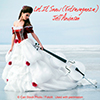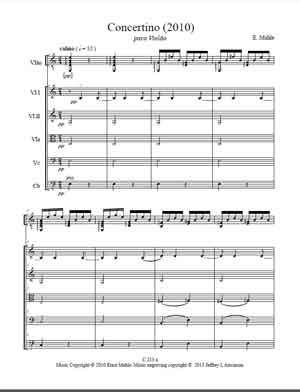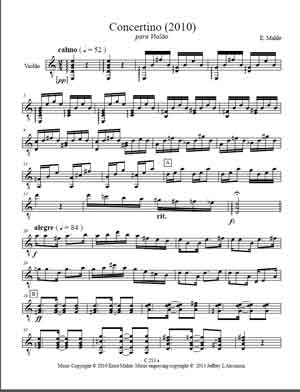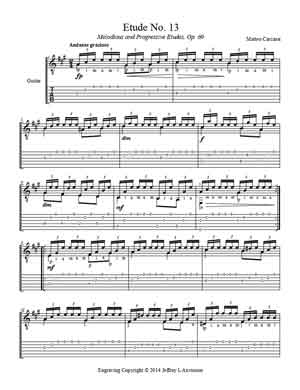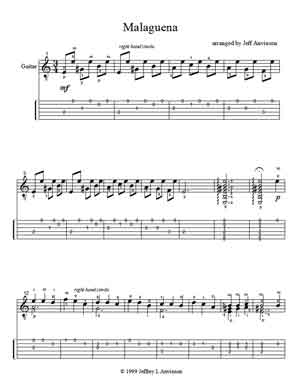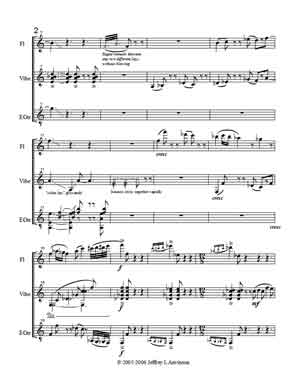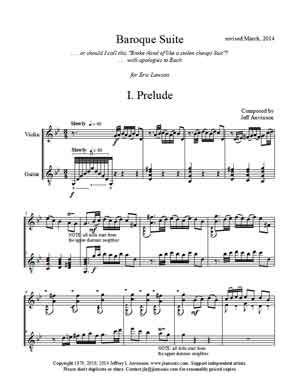Music Engraving
Background Information

In the "old days" (thirty years ago or more), before computers and music notation software became widely available, composers and arrangers would usually write out their scores by hand in pencil as they worked on them. Once the score was done, they would get out their assortment of manuscript papers, ink, ink pens, ink erasers, triangles, rulers, and related tools, and set out writing the score and parts in ink. It was a difficult and time-consuming job. To do it well, you had to know the conventions of music notation. A reference book, like Gardner Read's incomparable book Music Notation, was a necessity. It was not that uncommon for people to make their living either part- or full-time as a music copyist, getting paid by composers and arrangers to perform this task. Fortunately for most, those days are largely gone. Now almost everyone uses computer software to write music and print out the score and parts. Undoubtedly many jobs were displaced, as many music copyists lost their livelihoods to the new technology, but there are still some people who work as music copyists, creating high-quality music scores using computers.
When I started work as a music copyist (JLA Music owner, Jeff Anvinson), I was an undergraduate music major. I started making pen-and-ink scores and parts when I started composing and arranging music. There were several fellow students that were into composing and arranging, and faculty members were very supportive, often performing student-composed-and-arranged music in concerts. The music theory program was taught through music composition: "learn music theory by composing" was kind of the motto of the music theory teachers at the time at that university. I was very lucky to get support from faculty members and camaraderie from my fellow students. The department was full of talent and the students and faculty were virtually all supportive of composition and arranging. It was a great atmosphere to study in.
It was in that positive environment that I learned the skill of music engraving. I think I was lucky to learn it before computers came along. To do it well, I had to know the rules of standard music notation. I didn't have computer software to automatically make many of the music notation decisions for me - not that music software completely eliminates decision-making, but it definitely makes things easier. Even though I now rely on the software to do much of the hard work (I use Finale notation software), there are plenty of decisions that have to be made that can critically affect the finished score and parts. For example, one of the most common decisions I have to make as a music engraver is to determine how many measures to place in each system. It would be easy to let the software do that for me, but I have learned not to trust it. The number of measures contained in each system is critical to how the music is sight read, how it is phrased, and other factors. So even though the software has evolved into an excellent tool, you should know as much as possible about music to use it well.
Music Engraving Service from JLA Music
I hope all of this prefatory material has not bored you. I thought it might be helpful to understand what music engraving is. I am hoping that knowing a little about my background and experience might make you more willing to hire JLA Music for a music engraving project you may have.
Take a look at some of the examples below so that you have an idea of the kind of work that JLA Music does.
You can find further examples of our work on our ever-evolving sister website, www.emahle.com.
Music Engraving Sample Pages
Click on a thumbnail to enlarge
Website and most graphics are created inhouse by Jeff Anvinson, Owner/Operator of JLA Music
Some graphics are purchased from Can Stock Photo, used by permission, and are Copyright
© Can Stock Photo
JLA Music takes care not to infringe on anyone's rights. Please contact us at jla@jlamusic.com if you have questions.
Copyright 2023 © Jeffrey L Anvinson




